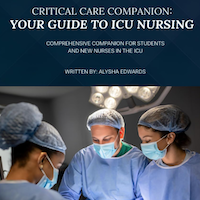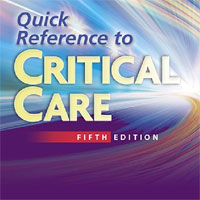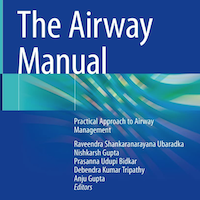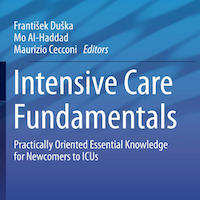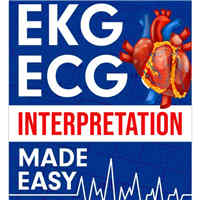
Associations With Psychological Outcomes Among Family Members of Mechanical Ventilation Survivors
In this multicenter cross-sectional survey, we interviewed family members of mechanically ventilated patients at the time of transfer from the ICU to the hospital ward. To our knowledge, this is the first study to explore... read more

Hidden Curricula, Ethics, and Professionalism: Optimizing Clinical Learning Environments in Becoming and Being a Physician
The educational and social milieu of medical learning environments is a complex system of influences. Role models across peer relationships and the hierarchy of medicine contribute to the formation of professional identity,... read more
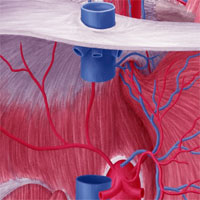
Does Respiratory Variation Of Inferior Vena Cava Diameter Predict Fluid Responsiveness In Spontaneously Ventilating Children With Sepsis
IVC collapsibility has poor test characteristics for predicting fluid responsiveness in spontaneously ventilating children with sepsis. Thirty-nine fluid boluses were recorded in 33 children, 28/39 (72%) of which met criteria... read more
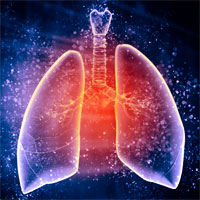
Translating Evidence Into Practice in ARDS
Although the treatment of the acute respiratory distress syndrome (ARDS) with low tidal volume (LTV) mechanical ventilation improves mortality, it is not consistently administered in clinical practice. This review examines... read more

Choosing the Right Hemodynamic Platform
Choosing the Right Hemodynamic Platform: ABG, SV to PAC – Barbara McLean, MN, RN, CCNS-BC, NP-BC Barbara McLean, MN, RN, CCNS-BC, NP-BC Critical Care Clinical Specialist Critical Care Division Grady Health System... read more

Hemorrhagic Shock: Pearls and Pitfalls for the Resuscitation Room
Hemorrhagic shock is a state of systemic hypoperfusion secondary to acute blood loss which may have either traumatic or atraumatic etiologies. While gastrointestinal and traumatic etiologies are some of the most common causes... read more

Oxygen Flow Rate and FiO2: Understand the Relationship!
Oxygen, we all need it! We do not need a lot of it under normal circumstances, with 0.21 being the fraction of inspired oxygen (FiO2) of room air. FiO2 is defined as the concentration of oxygen that a person inhales. The... read more

The Right Tool for the Right Patient
Resuscitative TEE in the diagnosis of massive PE in the ED. We have multiple tools in the ed that allow us to assess patients rapidly. But of course, you must use the right tool for the patient. transthoracic echo (TTE) can... read more

ECMO, An Issue of Critical Care Clinics
This issue of Critical Care Clinics focuses on Mechanical Circulartory Support. Editors Nitin Puri and Michael Baram have assembled an expert team of authors on topics such as: History of Extracorporeal Membrane Oxygenation... read more

Temporal Trends in Incidence, Sepsis-Related Mortality, and Hospital-Based Acute Care After Sepsis
Owing to increasing incidence and declining mortality, the number of sepsis survivors at risk for hospital readmission rose significantly between 2010 and 2015. The 30-day hospital readmission rates for sepsis declined modestly... read more

Efficacy of Combined Intravenous Thrombolysis and Thrombectomy
Mechanical thrombectomy (MT) improves clinical outcomes in patients with acute ischemic stroke (AIS) caused by a large vessel occlusion. However, it is not known whether intravenous thrombolysis (IVT) is of added benefit... read more

Subsyndromal Delirium and Institutionalization Among Patients With Critical Illness
Subsyndromal delirium occurred in most critically ill patients, and its duration was an independent predictor of institutionalization. Routine monitoring of all delirium symptoms may enable detection of full and subsyndromal... read more

The long sepsis journey in low- and middle-income countries begins with a first step… but on which road?
Infection and sepsis are among the most frequent acute medical conditions worldwide and result in approximately eight million premature deaths each year, most of which occur in low and lower-middle income countries (LMICs).... read more

Videographic Assessment of Pediatric Tracheal Intubation Technique During Emergency Airway Management
Intubators commonly exhibited suboptimal technique during tracheal intubation such as bending deeply at the waist, having their eyes close to the patient's mouth, failing to widely open the patient's mouth, and not elevating... read more

Single-Center Experience With Venovenous ECMO for Influenza-Related ARDS
Influenza-related ARDS has a high mortality rate and patients treated only with mechanical ventilation have worse outcome than those managed with VV ECMO. More liberal use of ECMO should be considered in patients with influenza-related... read more

Updated Version of the Confusion Assessment Method for the ICU
The 2014 updated version of the CAM-ICU is valid according to DSM-5 criteria and reliable regarding inter-observer agreement in a research setting. Delirium remains under-recognized by bedside clinicians. Delirium was diagnosed... read more

Interprofessional Care and Teamwork in the ICU
A robust body of evidence supports an interprofessional approach as a key component in the provision of high-quality critical care to patients of increasing complexity and with increasingly diverse needs. "Interprofessional... read more


